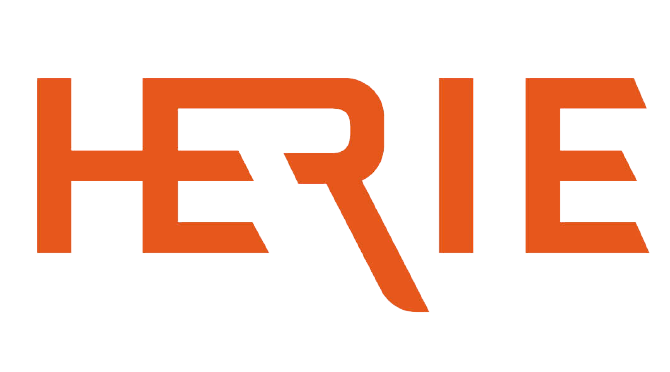E-RIHS - Digital Tools, Services and Resources
Short description ....
Contents
The motivation for the development of Digital Tools for Preventive Conservation is to provide simple-to-use Apps that may assist the PC expert User (Curator, Conservator or Scientist) to estimate the response of an object or a structure (materials’ system) to long-term exposure in indoor/outdoor environmental conditions or to a specific deterioration agent, environmental or incidental (e.g. to a transportation event):
Dust Tool
The Dust Tool predicts the deposition of particulate matter on surfaces. It calculates how long it will take for a surface to become visibly dirty, given a known concentration of particulate matter in the air. It is best used as an educational tool, to explore interactively the factors that cause the soiling of indoor surfaces.
Josep Grau-Bove.
HERIe
HERIe is a digital decision-supporting platform providing remote access to data manipulation tools and to quantitative assessment of risks to heritage assets. The platform contains modules corresponding to the environmental agents of deterioration: air pollutants, fire, light (UV,IR), incorrect temperature or relative humidity causing chemical degradation and physical damage. Risks from environmental conditions are assessed by analysing data prevailing in a space in which an object is displayed or stored. It contains also a module for data processing. HERIe is freely available for conservation professionals and decision-makers.
Jerzy Haber Institute of Catalysis and Surface Chemistry, Polish Academy of Sciences (IKIFP)
IMPACT Tool
The IMPACT app model predicts indoor concentrations of pollutants. The main otuput is the Indoor/Outdoor ratio (%), which is the percentage of outdoor pollutant concentrations that we can expect indoors. To find this value, the model estimates the deposition flux of pollutants to indoor surfaces, such as walls, furnishings and paintings.
Josep Grau-Bove, Nigel Blades, Declan Kruppa, May Cassar (UCL Institute for Sustainable Heritage), and Terje Grøntoft (Norwegian Institute for Air research).

Collection Surveys App
The purpose of this app, currently in development, is to help use statistics to plan and evaluate collection surveys. For example, it helps calculate the sample size required to obtain a certain margin of error. It also generates random lists of items to help sampling.
Display the full code used to define this page.
Page JSON Object
{
"parent": "",
"class": "list",
"file": "resource-list.json",
"title": "E-RIHS - Digital Tools, Services and Resources",
"content": "<div class=\"alert alert-info\" role=\"alert\"><p>Short description ....</p></div>[##]",
"content right": "",
"copy": false,
"displayName": "Resources",
"displaycode": true
}Extra extension file
{
"defaultcard": "full",
"displaychecked": true,
"tableofcontents": true,
"groups": {
"Preventive Conservation": {
"comment": "The motivation for the development of Digital Tools for Preventive Conservation is to provide simple-to-use Apps that may assist the PC expert User (Curator, Conservator or Scientist) to estimate the response of an object or a structure (materials\u2019 system) to long-term exposure in indoor/outdoor environmental conditions or to a specific deterioration agent, environmental or incidental (e.g. to a transportation event):",
"card": "project"
}
},
"list": "resource-list"
}

